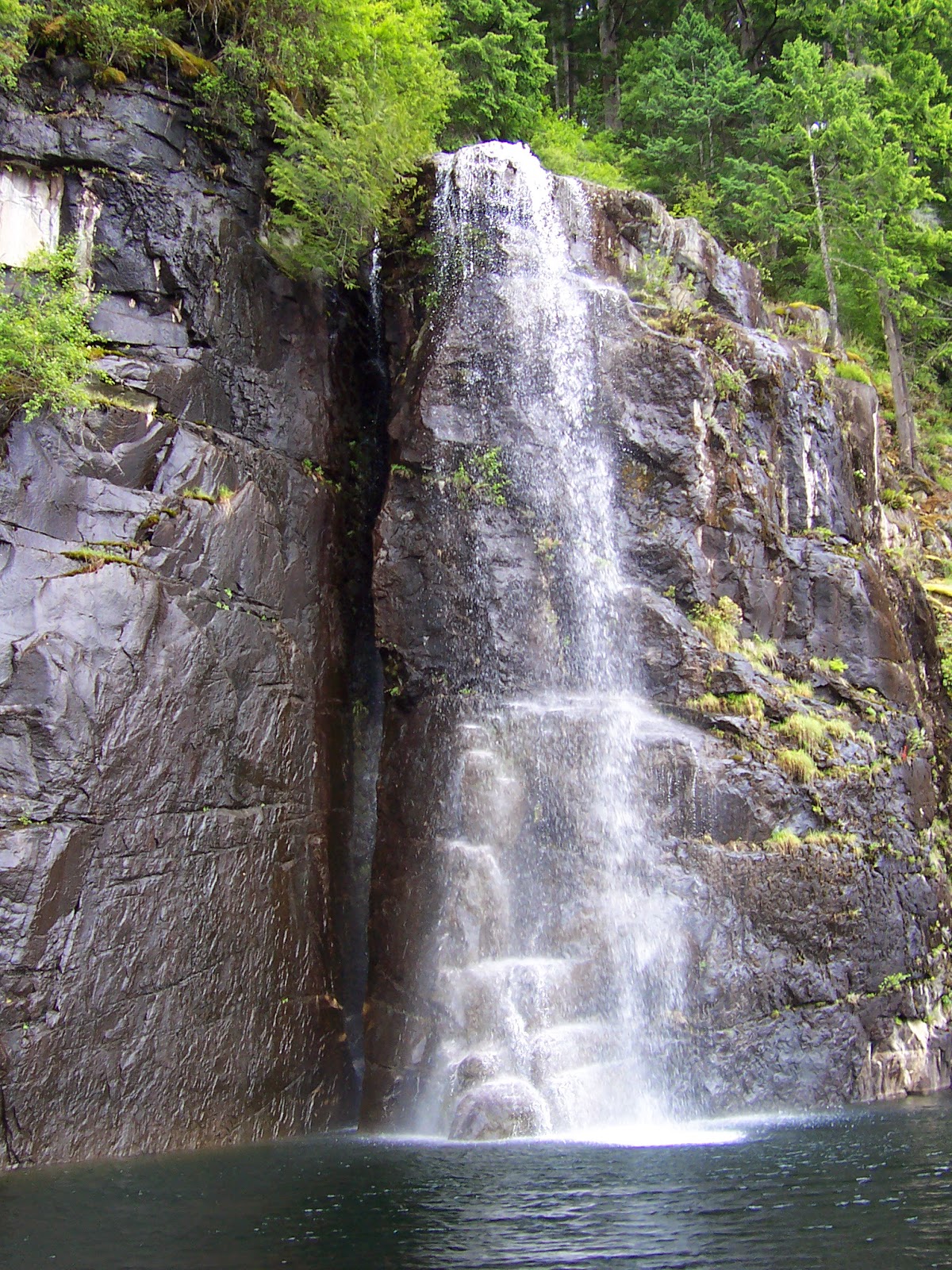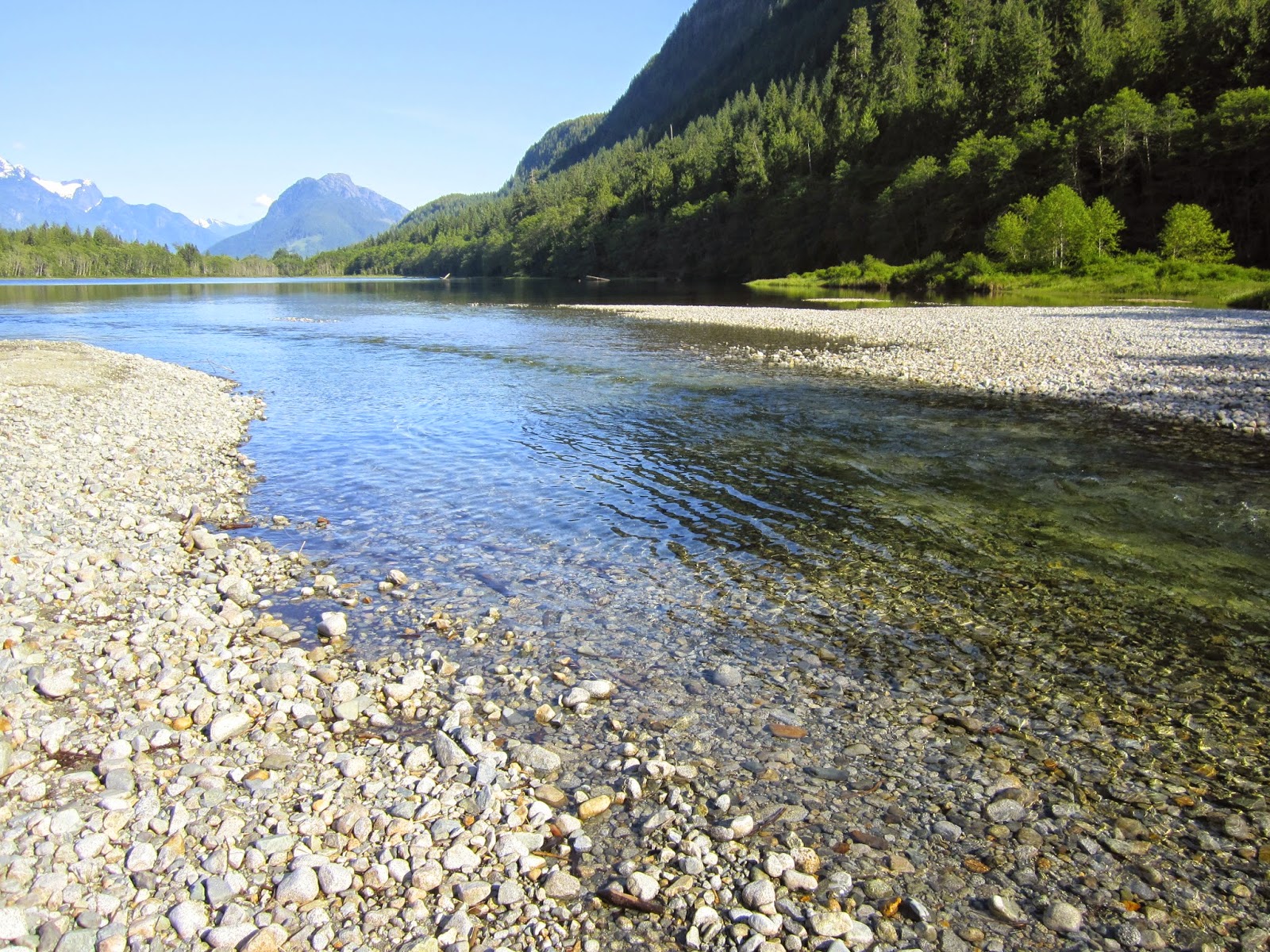 This is my most recent bread baking experience. We enjoyed the flax bread I made last month. This time we wanted a lighter one for toast and croutons. I chose a recipe from my Fannie Farmer Cookbook and cut it in half for one loaf.
This is my most recent bread baking experience. We enjoyed the flax bread I made last month. This time we wanted a lighter one for toast and croutons. I chose a recipe from my Fannie Farmer Cookbook and cut it in half for one loaf.
Margy's Whole Wheat Bread

2 cups whole what flour
1 1/2 to 2 cups white flour
1 envelope active dry yeast
1 teaspoon salt
1 1/2 cups milk
2 tablespoons vegetable oil
2 tablespoons sugar
Heat milk and oil to lukewarm. I used one small can of evaporated milk with water to equal the full amount. Evaporated milk is easy to keep on hand off the grid.

Mix 1 cup wheat and 1 cup white flour with yeast, salt, and sugar. Beat in liquid ingredients for 2 minutes.
Add remaining cup of wheat flour and beat until well mixed. Add as much white flour as needed to make a soft dough that pulls away from the bowl.

Turn out on a lightly floured board and knead several times. Cover and let rest for 10 minutes.

Knead for 10 minutes until smooth and elastic. Use white flour as needed to keep the dough from sticking to the board.
Place in a greased bowl and turn over to coat all sides to keep it from drying.

Cover and let rise until the dough doubles is size. This time of year I use the pilot head in my oven.

Punch down and shape into a loaf. Place the dough into a greased 5 X 9 inch pan. Cover and let rise again until doubled in size.
Bake at 375 degrees for 45 minutes or until golden brown and hollow sounding when tapped.

Remove from the pan to cool on a rack or turned sideways on the bread board.
I'm not an expert bread baker. In fact, I'm quite a newbie. But it's fun to stretch my skills to become more self sufficient.
It takes 25 minutes each way to get to the marina and another 15 minutes to drive to the store. Plus the cost of gas and our carbon footprint. Baking at home between trips makes a lot of sense.
What kinds of things do you do to become more self sufficient? -- Margy










































































